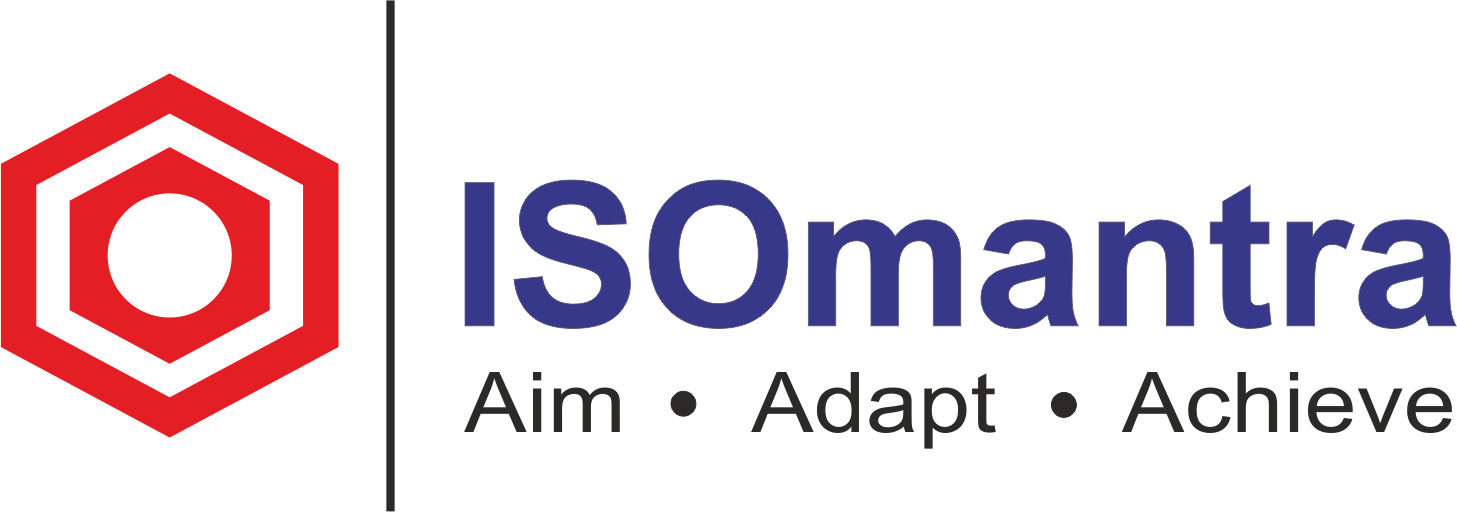The most recent ISO 20000:1:2018 edition modifies Clause 4 by incorporating the word “Context of the Organization.” By being clear about what internal and external concerns are relevant, the organisation establishes a solid foundation for attaining the Service Management System’s goals and outcomes (SMS). What is the significance of this provision in the implementation of an ISO 20000-1:2018-based SMS, and how can you determine the context? This post will teach you.
Using the PESTLE method, SMS implementation should be flexible enough to coincide with organisational changes based on external circumstances.

1) Political: Government, rules, regulations, policy changes, scandals
• For example, changes in a country’s foreign policy may make it difficult for an organisation to build or expand alliances with groups in other countries. This may result in changes to the company’s internal management and, as a result, internal political disputes.
2) Economic: Competition, consumer purchasing power, inclusion/exclusion as a union member
• For example, the host country of an organisation may join the EU and adopt a new currency. This may necessitate changes in pricing strategies, accounting policies, and procedures.
3) Social: nuclear or combined family, DINK (double income no kids)
• For example, customers and suppliers may request that commerce be conducted electronically. Employees gain technical proficiency and become more aware of the advantages of communicating with others via technological methods.
4) Technological: Emerging technologies and trends, benchmarks
• i.e., advantages in communication and computing technology may bring advances in organisational efficiency and effectiveness, which competitors are already taking advantage of. The expectation and ability to work from home while linked to the office through VPN may also result in significant changes.
5) Legal: trademarks, intellectual property rights, data privacy/secrecy
• For example, legislation such as Sarbanes-Oxley (which introduced broad auditing and financial standards for public firms) can cause changes in how an organisation presents itself and reports to society. Changes in the organization’s policies and operating procedures may cause changes in the way management systems to operate.
6) Environmental: e-waste, sustainability, renewable energy
• This could be due to pressure from the environment or industry in which the business operates, or it could be due to pressure from the physical environment in which the firm is located. The company’s commitment to corporate social responsibility or the implementation of an environmental management strategy such as ISO 14001 can influence how they dispose of obsolete equipment.
Documenting all of the aforementioned factors as “organisational context” can assist you in meeting ISO 20000 clauses 4, 5.2, 5.3, 7.1, 7.2, 8.2.2, and 8.5.2.
To know more about internal concerns – Click Here

